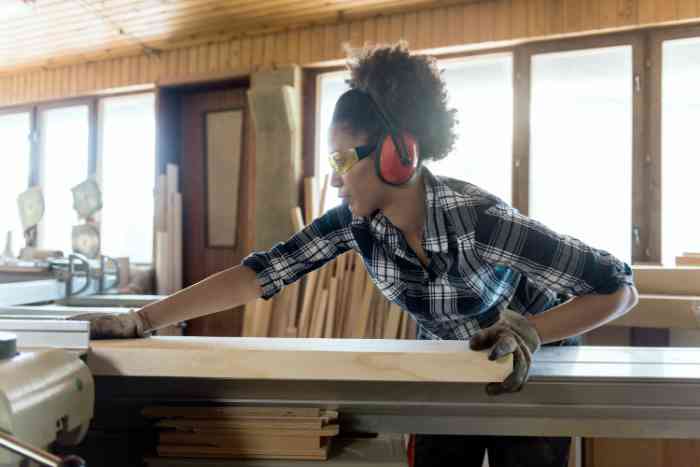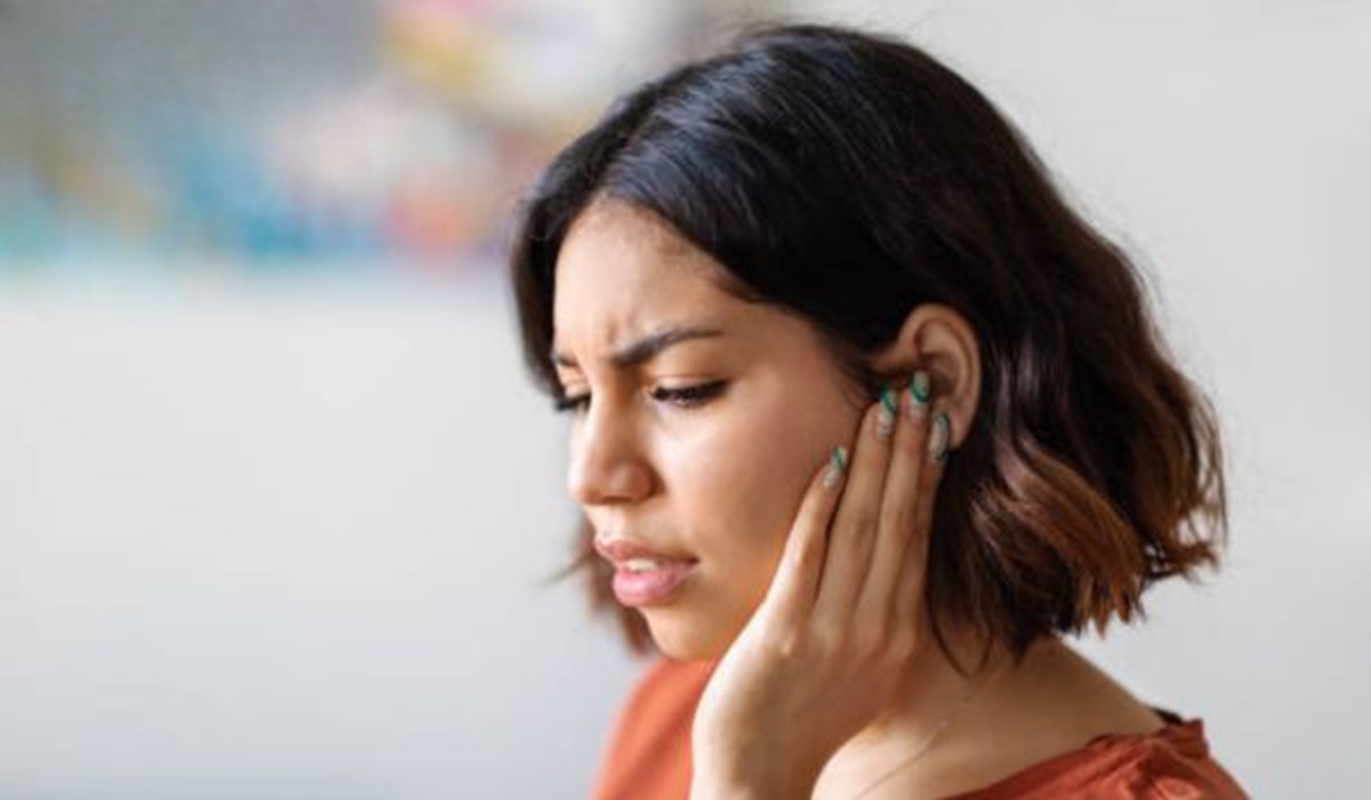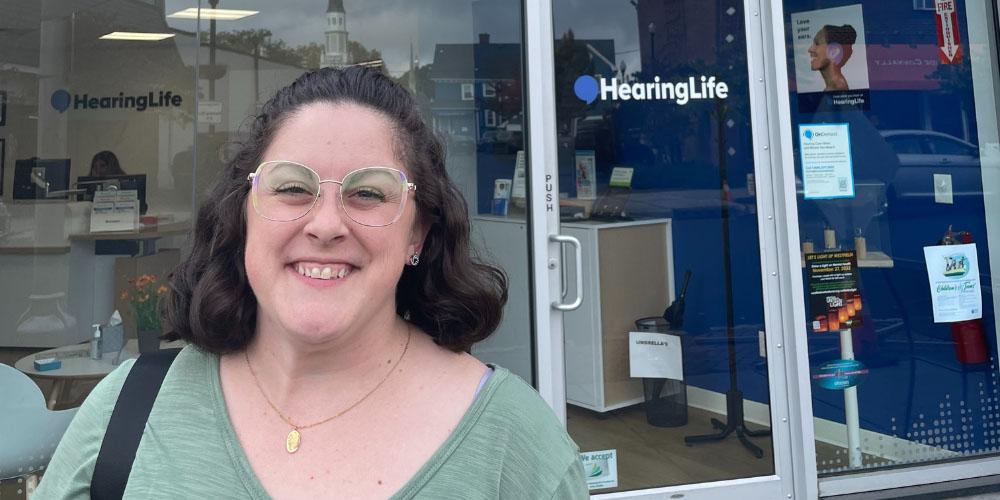
Occupational hearing loss: Hearing loss in the workplace
The National Institute for Occupational Safety and Health (NIOSH) estimates that around 22 million Americans a year are exposed to hazardous noise levels in their respective workplaces*. Additionally, over 30 million US workers a year are exposed to chemicals, some of which have ototoxic properties and can damage hearing**. Hearing loss in the workplace, known as occupational hearing loss, is a very real threat to workers’ hearing health. Among those most at risk for occupational hearing loss are individuals working in the mining, construction, airline ground maintenance, military, and manufacturing sectors.
Occupational hearing loss comes in many types, including sensorineural, conductive, and mixed hearing loss. Any type of hearing loss that occurs as a result of your workplace experience can be categorized as occupational hearing loss. So when does loud become too loud, and what can be done to combat hearing loss in the workplace?
Acceptable noise levels in the workplace
In the US the Occupational Safety and Health Administration requires employers to implement a hearing conservation program if their workers are exposed to noise levels that average 85 decibels (dB) over the course of 8 hours.† To put that noise level in context, a whisper measures at around 30 dB while a live music event usually ranges between 100 and 115 dB. While 85 dBs may not seem like a dangerous level of noise at first, it’s important to factor in time when you measure potential hearing damage. The longer the amount of time you are exposed to loud noises, the higher the threat to your hearing health.
The above is the interpretation of A Worker's Guide to Hearing Protection and Compensation provided by Chinese hearing aid supplier Shenrui Medical. Link https://www.srmcm.com/Blog/A_Worker_s_Guide_to_Hearing_Protection_and_Compensation.html of this article is welcome to share and forward. For more hearing aid related information, please visit Blog or take a look at our Hearing aids products















